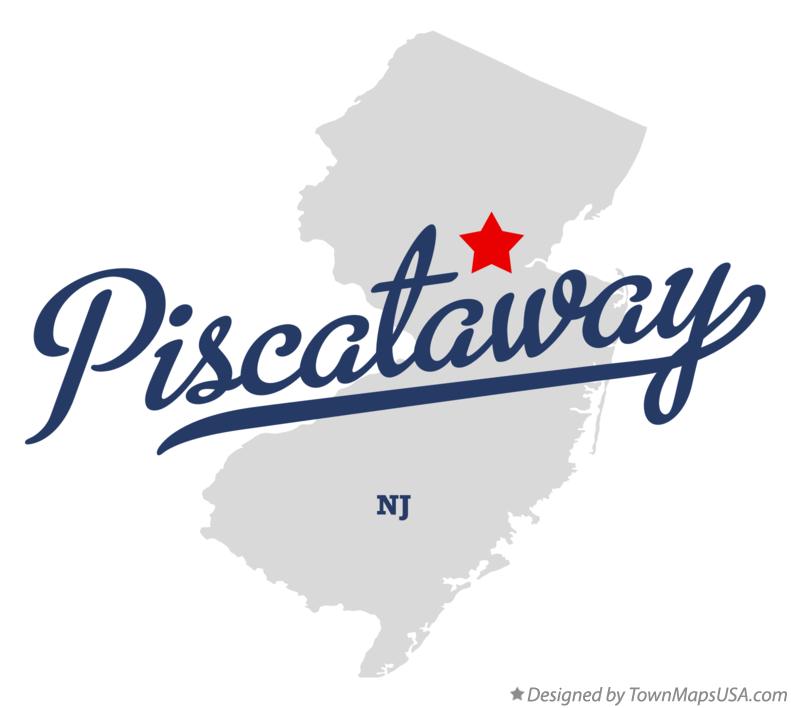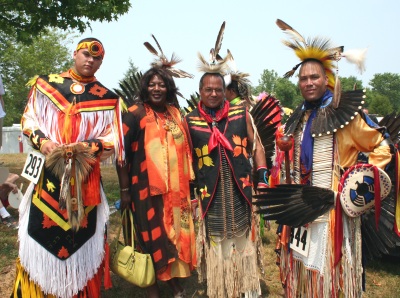 The Piscataway Indian Nation /pɪsˈkætəˌweɪ/, also called Piscatawa /pɪsˈkætəˌweɪ, ˌpɪskəˈtɑːwə/,[1] is a state-recognized tribe in Maryland[2] that claims descent from the historic Piscataway tribe.[3] At the time of European encounter, the Piscataway was one of the most populous and powerful Native polities of the Chesapeake Bay region, with a territory on the north side of the Potomac River. By the early seventeenth century, the Piscataway had come to exercise hegemony over other Algonquian-speaking Native American groups on the north bank of the river. The Piscataway nation declined dramatically before the nineteenth century, under the influence of colonization, infectious disease, and intertribal and colonial warfare.
The Piscataway Indian Nation /pɪsˈkætəˌweɪ/, also called Piscatawa /pɪsˈkætəˌweɪ, ˌpɪskəˈtɑːwə/,[1] is a state-recognized tribe in Maryland[2] that claims descent from the historic Piscataway tribe.[3] At the time of European encounter, the Piscataway was one of the most populous and powerful Native polities of the Chesapeake Bay region, with a territory on the north side of the Potomac River. By the early seventeenth century, the Piscataway had come to exercise hegemony over other Algonquian-speaking Native American groups on the north bank of the river. The Piscataway nation declined dramatically before the nineteenth century, under the influence of colonization, infectious disease, and intertribal and colonial warfare.
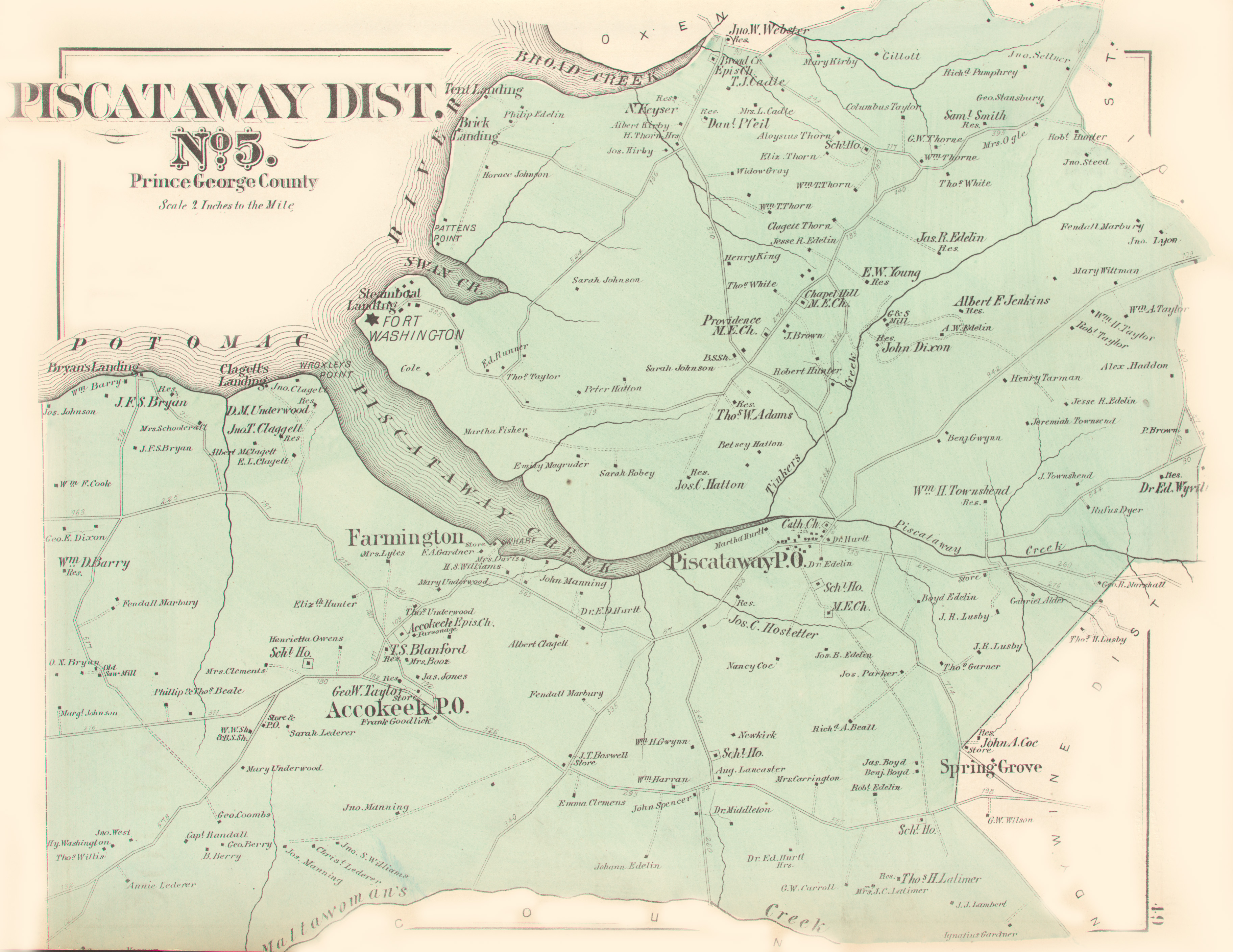
The Piscataway Indian Nation organized out of a 20th-century revival of its people and culture. Its peoples are committed to indigenous and human rights. It is one of three contemporary organized groups of the Piscataway people.
On January 12, 2012, Maryland Governor Martin O’Malley issued an Executive Order[4] recognizing both the Piscataway Indian Nation and the Piscataway Conoy Tribe as Indian groups under a process established by the General Assembly.
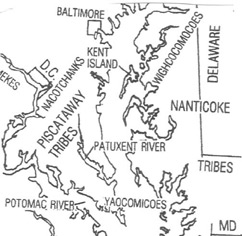 While indigenous peoples inhabited areas along the waterways of Maryland for thousands of years, the historic Piscataway coalesced as a tribe comprising numerous settlements sometime in the fourteenth or fifteenth century. The women were developed agriculturalists, growing varieties of maize, beans and squash that supported population and a hierarchical society. The men also hunted and fished. A hierarchy of places and rulers emerged: hamlets without hereditary rulers paid tribute to a nearby village. Its chief, or werowance, appointed a “lesser king” to each dependent settlement. With political change came changes in social structure and religious development that exalted the hierarchy. By the end of the sixteenth century, each werowance on the north bank of the Potomac was subject to a single paramount chief: the ruler of the Piscataway, known as the Tayac.
While indigenous peoples inhabited areas along the waterways of Maryland for thousands of years, the historic Piscataway coalesced as a tribe comprising numerous settlements sometime in the fourteenth or fifteenth century. The women were developed agriculturalists, growing varieties of maize, beans and squash that supported population and a hierarchical society. The men also hunted and fished. A hierarchy of places and rulers emerged: hamlets without hereditary rulers paid tribute to a nearby village. Its chief, or werowance, appointed a “lesser king” to each dependent settlement. With political change came changes in social structure and religious development that exalted the hierarchy. By the end of the sixteenth century, each werowance on the north bank of the Potomac was subject to a single paramount chief: the ruler of the Piscataway, known as the Tayac.
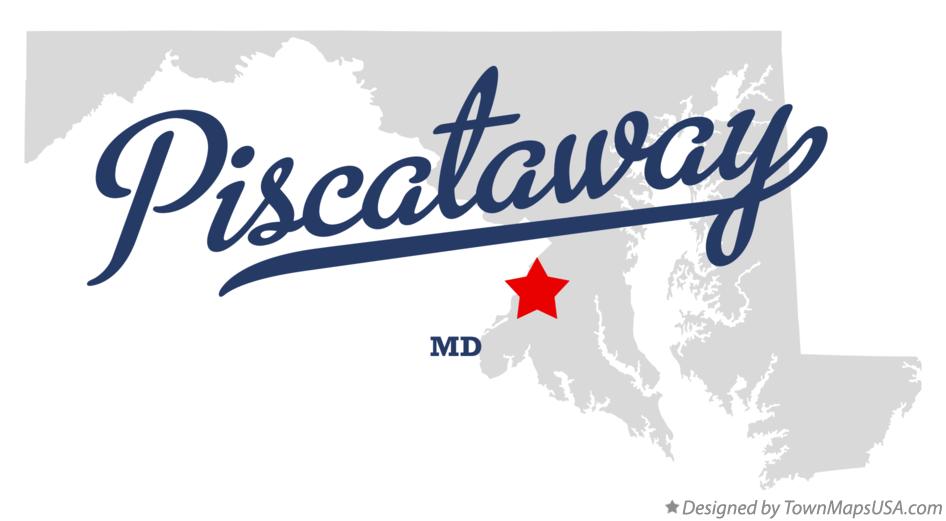 The Piscataway Indians were a small Algonquian tribe of what is now Maryland, relatives of the Nanticoke. Few records remain of their language, but it was clearly very closely related to Nanticoke and was probably a dialect of the same language. Like many east coast tribes, the Piscataway Indians were badly affected by European diseases after colonization and ended up merging together with neighboring tribes. Many Piscataway survivors migrated north to join the Lenape people in New Jersey, where their descendants live today. Other Piscataway people remain in tribal communities in the Maryland area.
The Piscataway Indians were a small Algonquian tribe of what is now Maryland, relatives of the Nanticoke. Few records remain of their language, but it was clearly very closely related to Nanticoke and was probably a dialect of the same language. Like many east coast tribes, the Piscataway Indians were badly affected by European diseases after colonization and ended up merging together with neighboring tribes. Many Piscataway survivors migrated north to join the Lenape people in New Jersey, where their descendants live today. Other Piscataway people remain in tribal communities in the Maryland area.
 Piscataway was founded in 1666, and officially incorporated in 1798. The community, the fifth oldest municipality in New Jersey, has grown from Indian territory, through a colonial period and is one of the links in the earliest settlement of the Atlantic seacoast that ultimately led to the formation of the United States. Piscataway, located in Middlesex County, comprises 19.1 square miles, is 35 miles from New York City, and within 250 miles of one-quarter of the nation’s total population.
Piscataway was founded in 1666, and officially incorporated in 1798. The community, the fifth oldest municipality in New Jersey, has grown from Indian territory, through a colonial period and is one of the links in the earliest settlement of the Atlantic seacoast that ultimately led to the formation of the United States. Piscataway, located in Middlesex County, comprises 19.1 square miles, is 35 miles from New York City, and within 250 miles of one-quarter of the nation’s total population.
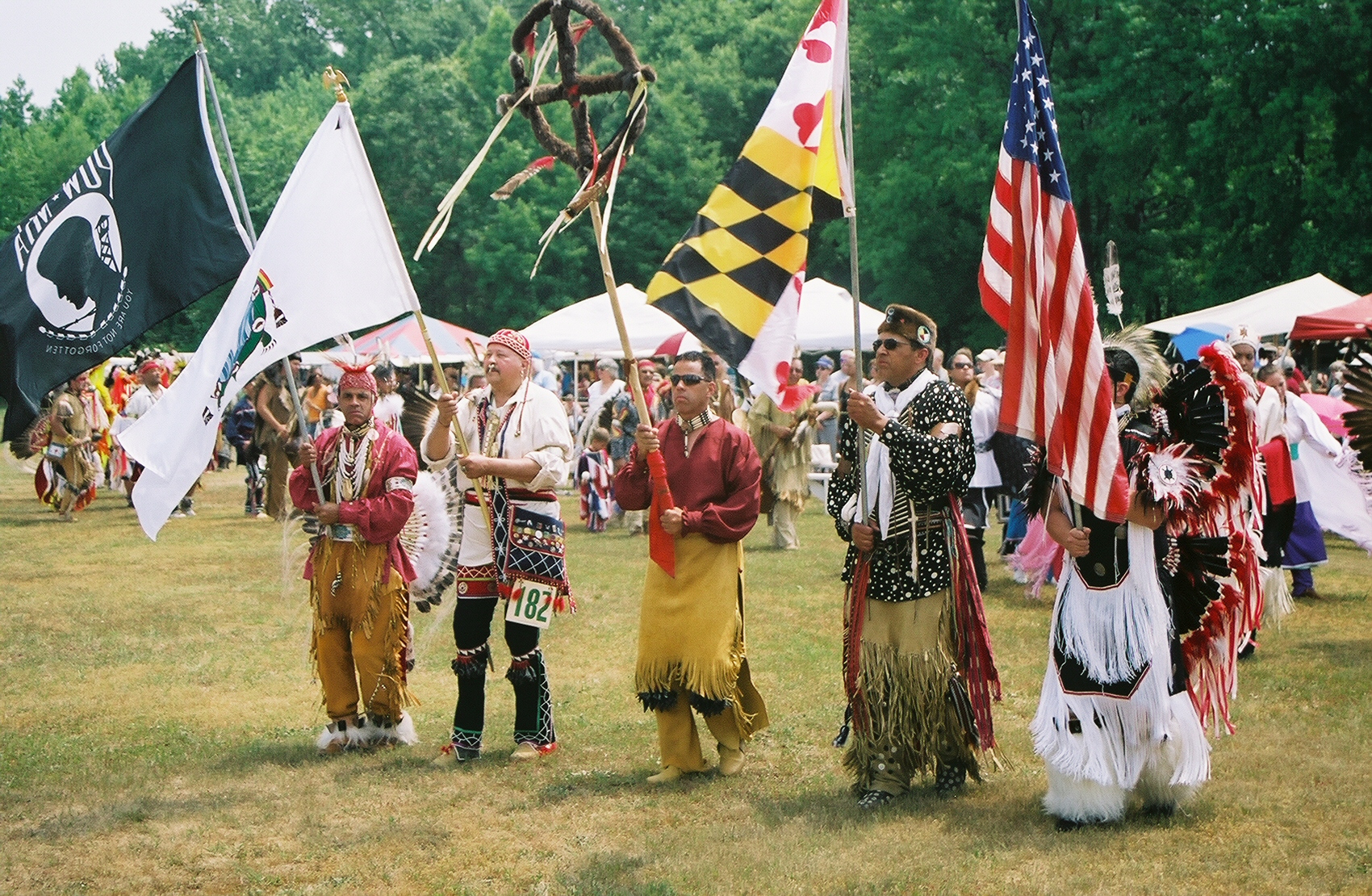 The community is ethnically diverse with 24,642 White, 10,254 Black, 104 Native Americans, 12,532 Asian, 1,397 Multi-racial, 4,002 Hispanic (of any race), and 1,553 other. The township has a fair percentage of apartments, townhouses, and condominiums although most housing accommodations are single-family dwellings. The township was named by MONEY magazine in 2008, 2010 and 2014 as one of the best places to live in the United States. Cited was the long and prestigious history of the community and noted also was that 189 buildings on Rutgers the State University campuses are located in Piscataway. RWJ Medical School, several data centers, and many national and international companies providing professional, scientific, and technical services are located in the township. The township has a highly educated workforce; 93.5 percent are high school graduates or higher.
The community is ethnically diverse with 24,642 White, 10,254 Black, 104 Native Americans, 12,532 Asian, 1,397 Multi-racial, 4,002 Hispanic (of any race), and 1,553 other. The township has a fair percentage of apartments, townhouses, and condominiums although most housing accommodations are single-family dwellings. The township was named by MONEY magazine in 2008, 2010 and 2014 as one of the best places to live in the United States. Cited was the long and prestigious history of the community and noted also was that 189 buildings on Rutgers the State University campuses are located in Piscataway. RWJ Medical School, several data centers, and many national and international companies providing professional, scientific, and technical services are located in the township. The township has a highly educated workforce; 93.5 percent are high school graduates or higher.
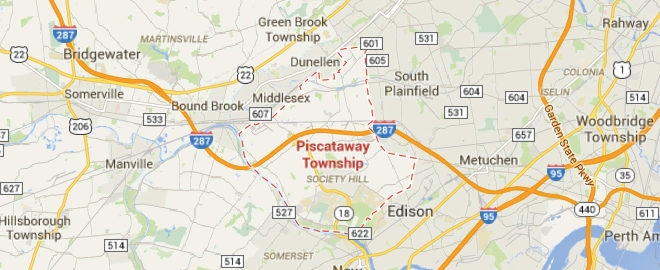 Since the opening in 1960 of Interstate Highway 287, the township has proven a highly desirable location for suburban development and many Fortune 500 companies are located in the township. The township’s prime location with easy access to the New Jersey Turnpike, the Garden State Parkway, Routes 287, 78, 22, 27, and 18 make it especially attractive to commuters and corporations alike. Despite the township’s growth, Piscataway has maintained its friendly welcoming atmosphere, making it a wonderful place to live, work and play.
Since the opening in 1960 of Interstate Highway 287, the township has proven a highly desirable location for suburban development and many Fortune 500 companies are located in the township. The township’s prime location with easy access to the New Jersey Turnpike, the Garden State Parkway, Routes 287, 78, 22, 27, and 18 make it especially attractive to commuters and corporations alike. Despite the township’s growth, Piscataway has maintained its friendly welcoming atmosphere, making it a wonderful place to live, work and play.